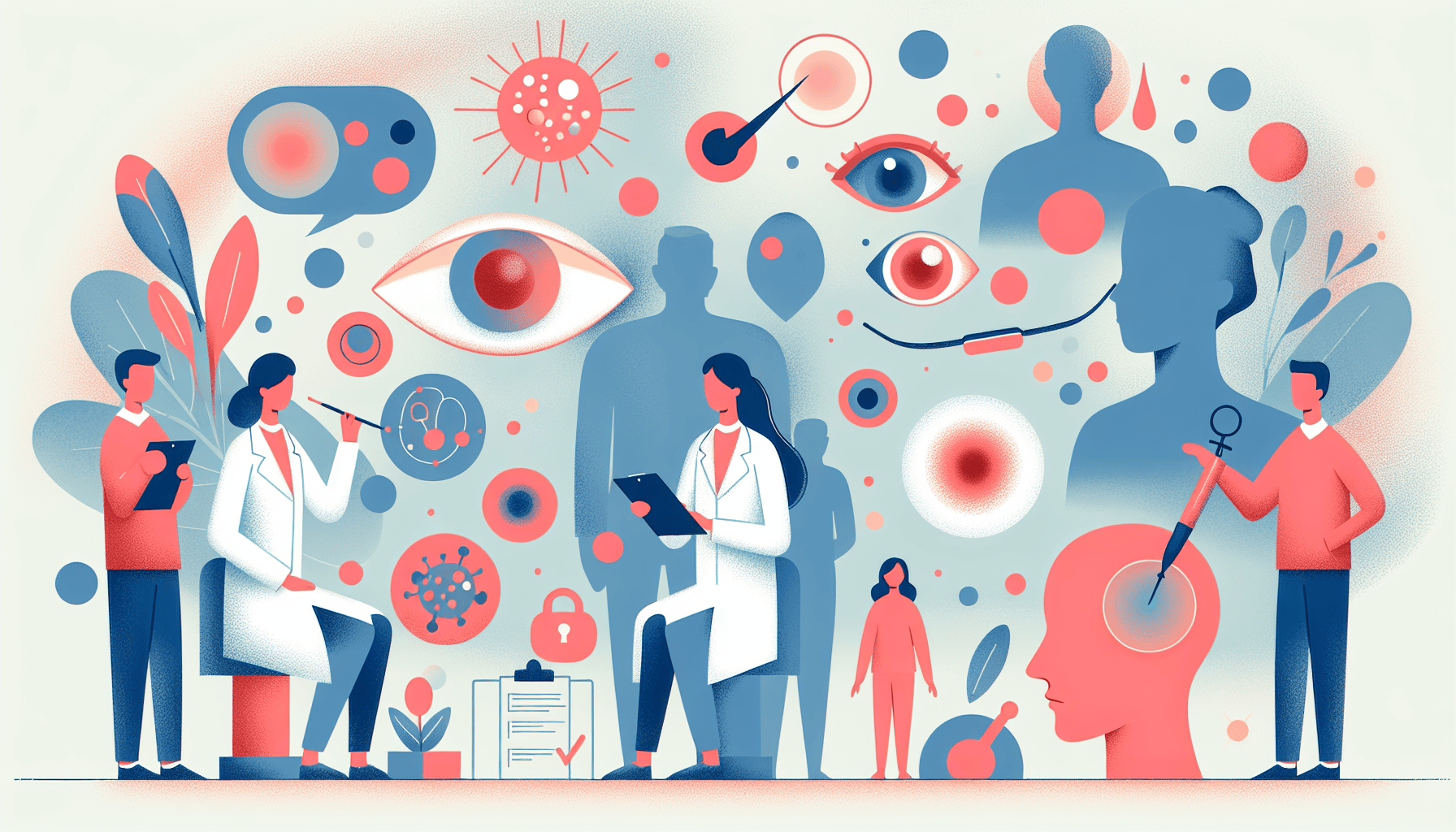Utah Becomes the First State to Let AI Handle Prescription Refills
Utah just made history: it's the first US state to let an AI system renew prescriptions on its own. The program covers people who are already taking medications for [...]
Read More
Medically reviewed by Oghenefejiro Okifo | MD, Harvard Medical School | Henry Ford Hospital - Detroit, MI on November 28th, 2023.
A stye is a common eyelid infection that appears as a red, painful bump on the upper or lower eyelid. Styes occur when bacteria that normally live on the surface of your eyelid block an oil duct or when germs and dead skin cells get trapped on the edge of your eyelid. Most styes start as a pimple next to an eyelash and can last several days before bursting and healing.
There are two main types of styes:
External styes: These are usually visible on the surface of your eyelid and are easy to see. They form a red, painful bump that often develops a whitehead.
Internal styes: These form deep inside your eyelid, on the underside. While they also cause a red, painful bump, their location prevents a whitehead from appearing on the surface of the eyelid.
Styes are typically caused by a combination of a clogged oil gland and a specific type of bacteria. Your body is covered with billions of friendly bacteria that normally coexist without causing problems. However, when conditions are right, the bacteria can overproduce and create a pimple-like infection.
If the clogged gland that produces the stye never improves, scar tissue can form around it. The pain subsides, but a bump remains. This condition is called a chronic chalazion. In some cases, a small fluid-filled cyst may develop, requiring a doctor to cut open and drain the cyst.

In most cases, styes and chalazia are harmless and rarely affect your eyeball or eyesight. However, in rare instances, they can lead to severe infections of the face called cellulitis. If you experience significant pain or drastic swelling and redness of the entire eyelid, it's essential to see your eye doctor for proper treatment.
Styes can occur at any age and tend to recur, especially in people who have ongoing eyelid irritation (blepharitis) or a skin condition called rosacea. Maintaining good eyelid hygiene and managing underlying skin conditions can help reduce the risk of developing styes.
Some styes are short-lived and heal on their own, while others may require medical attention. If you have a stye that persists or causes significant discomfort, consult your eye doctor for the appropriate treatment. They may recommend:
Warm compresses to help soothe the area and promote drainage
Antibiotics to clear the bacterial infection
Surgical drainage of the stye or chalazion if it doesn't respond to other treatments
To learn more about styes, their causes, and treatment options, visit the following reputable sources:
Most styes heal naturally with consistent warm compresses and good hygiene, but avoid the urge to pop them as this can worsen infection. See a healthcare provider if you develop vision changes, spreading redness, or recurrent styes that don't improve within two weeks. If you're experiencing concerning eyelid symptoms or have questions about treatment options, Doctronic can help you get personalized guidance quickly.
Utah just made history: it's the first US state to let an AI system renew prescriptions on its own. The program covers people who are already taking medications for [...]
Read MoreUnderstanding Mounjaro and Its UsesMounjaro is a prescription medication commonly prescribed for managing type 2 diabetes. It belongs to a class of drugs that help regulate [...]
Read MoreUnderstanding Hydrocortisone Uses and DosagesHydrocortisone is a versatile medication primarily used to reduce inflammation and suppress the immune system in various [...]
Read More